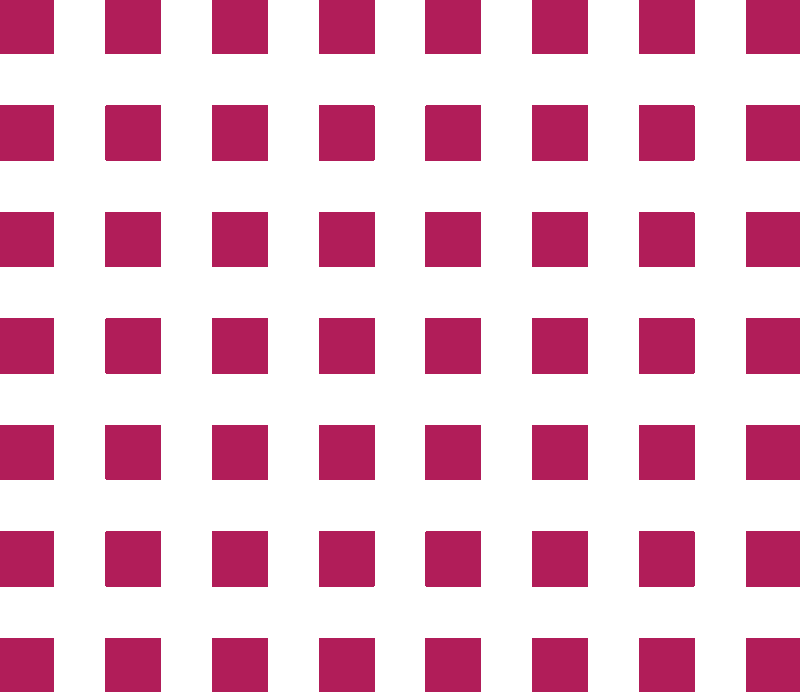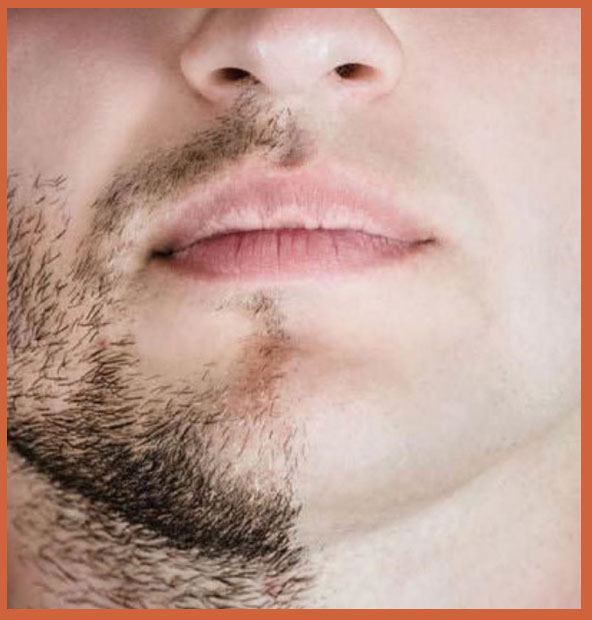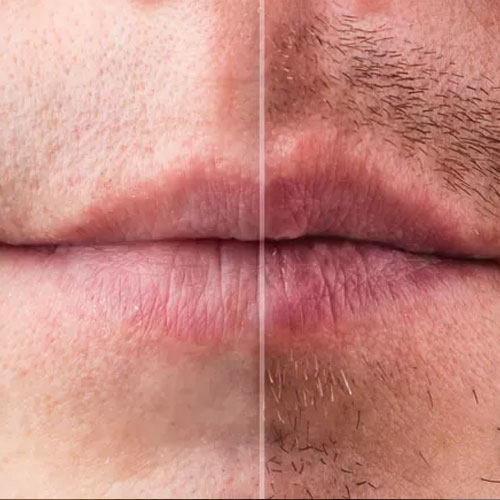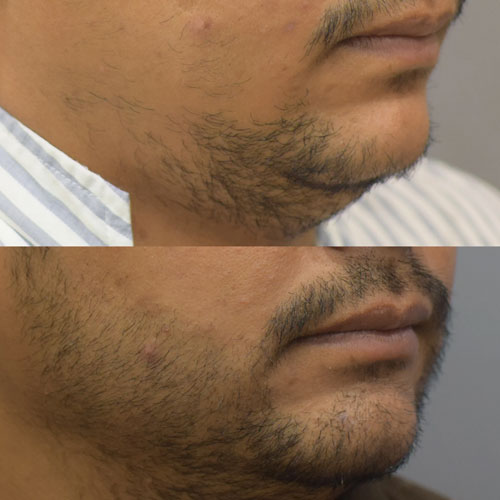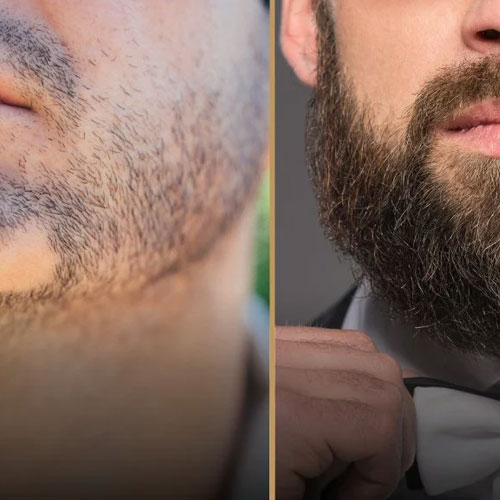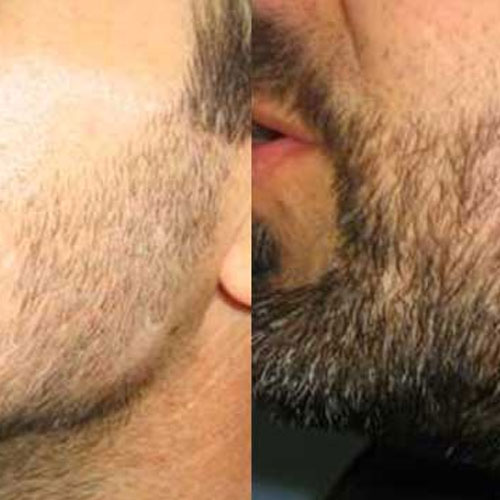Benefits of Beard Transplants
A beard transplant can offer several benefits for individuals who are seeking to enhance or restore facial hair, especially for those with patchy or thin beards or facial hair loss due to scarring or other factors.
- Permanent Solution
- Natural-Looking Results
- Customizable Beard Design
- Boosted Self-Confidence
- Minimal Scarring
- Improved Facial Symmetry
- Restoration After Injury or Scarring
